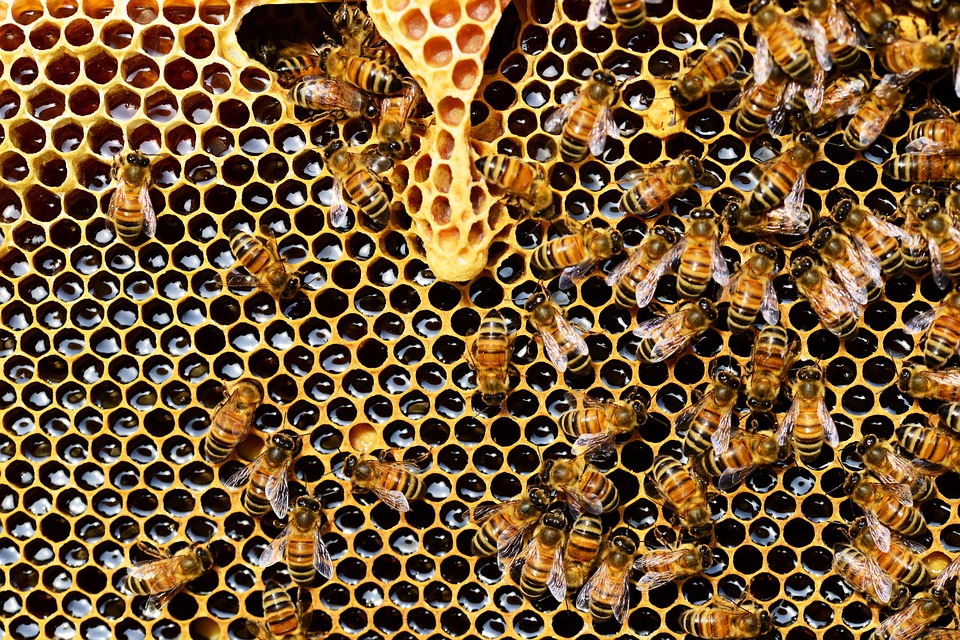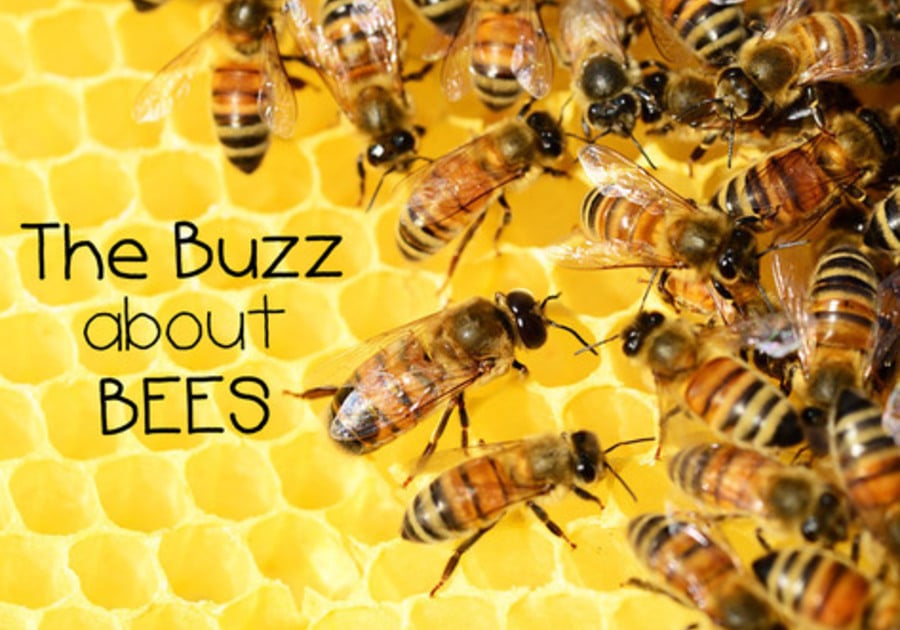Spring is here and that means that bees are preparing to swarm. Bees are a very important part of our ecosystem and a swarm is a good sign that things are going well for the bee population.

(Image: A swarm of bees upon a tree branch)
Swarming is a hive's natural means for reproduction. Strong, healthy, highly-populated swarms will produce a new Queen. The old Queen will leave the hive, taking half of the bees with her, in search of new home.
What should you do if you see a swarm of bees?
- Don't panic! A swarm of bees is very docile, as they have no hive, no eggs, and no honey to protect.
- DO NOT spray them with pesticide. The U.S. listed bumble bees as endangered species after observing a 90% drop in population since the 1990s. Read more here.
- Call a beekeeper to safely remove the swarm. Beekeepers will put the swarm into a hive to assist in the establishment of a new colony.

Fun Facts about Bees
- Bees fly ~22 miles per hour
- Bees fly ~500 miles in their lifetime
- A bee can make 1/12 of a teaspoon of honey in its lifetime
- The Queen honey bee lays ~2,000 eggs EACH DAY when the weather is warm
For more fun facts about bees, see this list of 13 Fascinating Facts.
Are beehives in your neighborhood causing issues for you and your family? Here are some things to consider:
- Talk to your neighbors! They may not even know that their hives are causing problems.
- Know the rules about beekeeping near you, as they vary by region.
- Bees leave their hives and fly SOUTH, regardless of the orientation of their hive. If your home is located south of a hive, ask a neighbor to:
- relocate their hive to the northernmost area of their yard. This will give bees time to reach elevation before crossing over your yard.
- or put up a vertical wall on the side of the hive, forcing the bees to fly UP before they head South.
- Bees are attracted to salt, particularly when no nectar is available. Are your sweaty kids playing in the yard? Redirect the bee's interests by investing in a salt lick.
- Dandelions are often the first bee food of the spring. If your yard is budding with these tasty blooms, consider doing some landscaping work to rid the area of temptation.

The swarms are coming so remember to "bee kind" or simply "buzz off".



